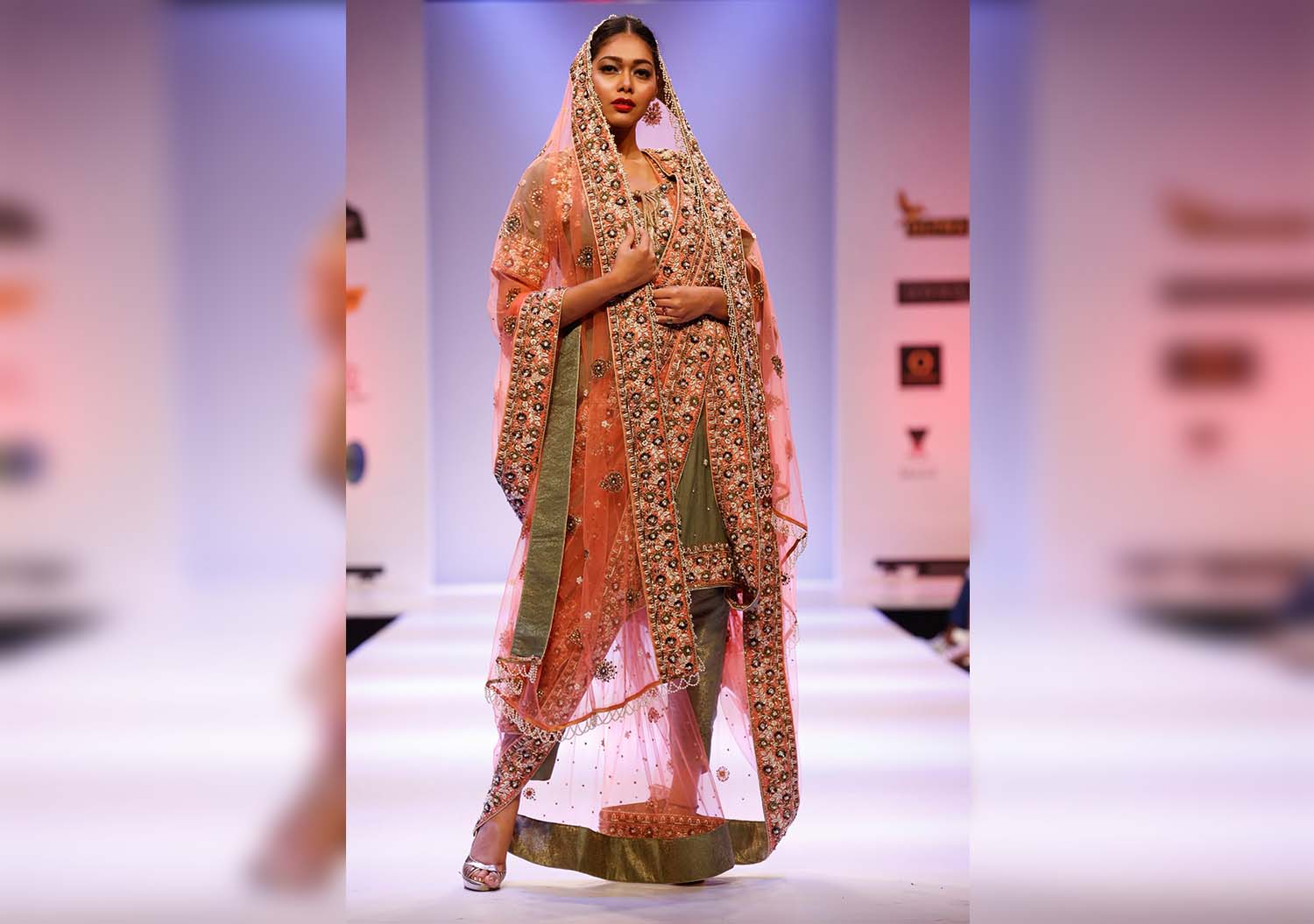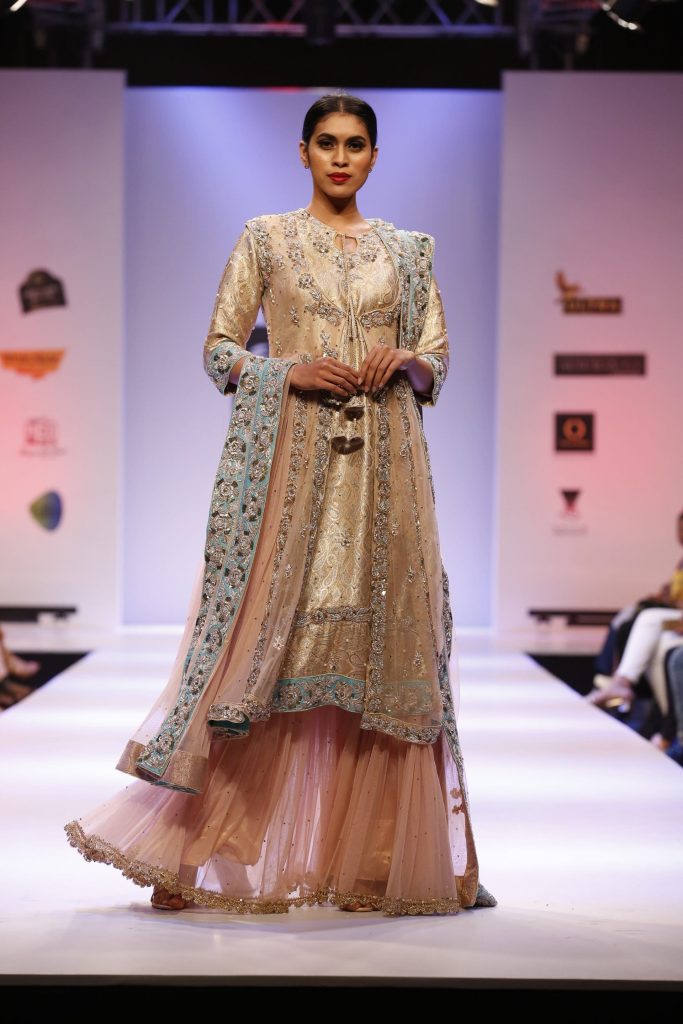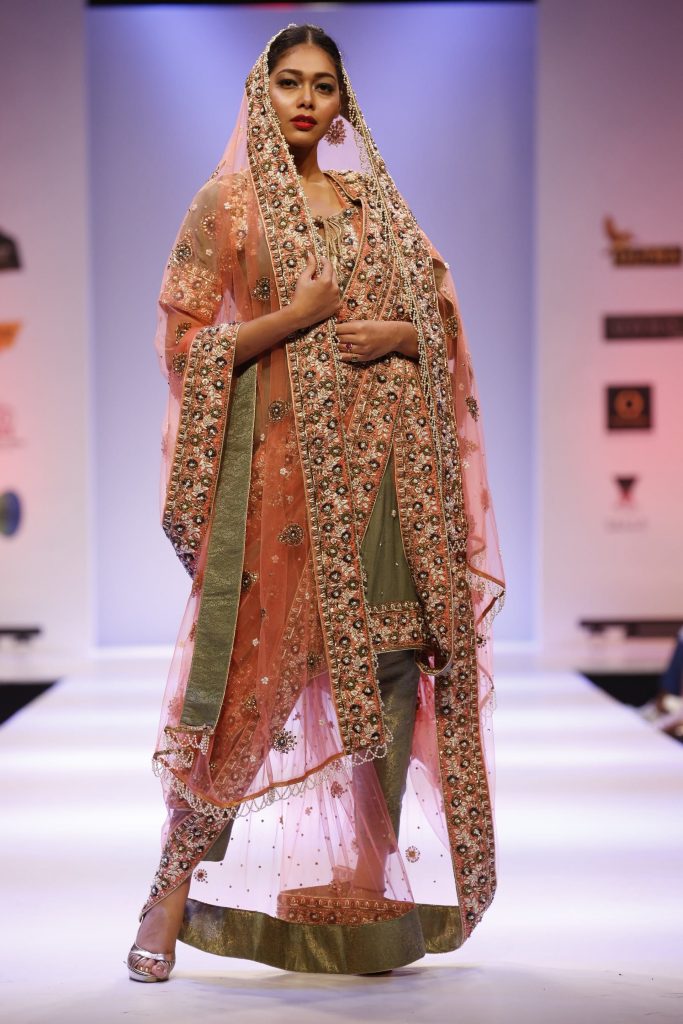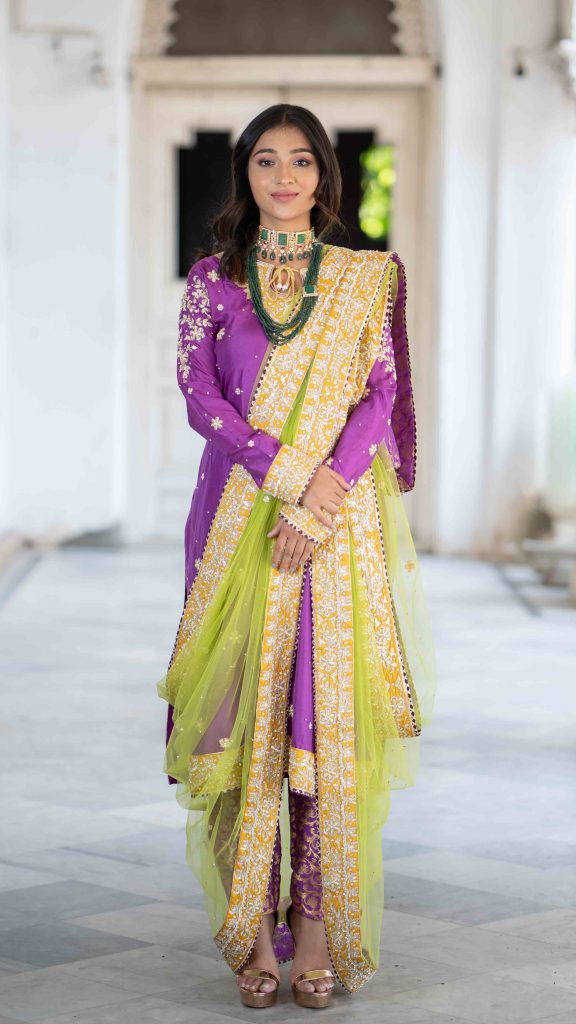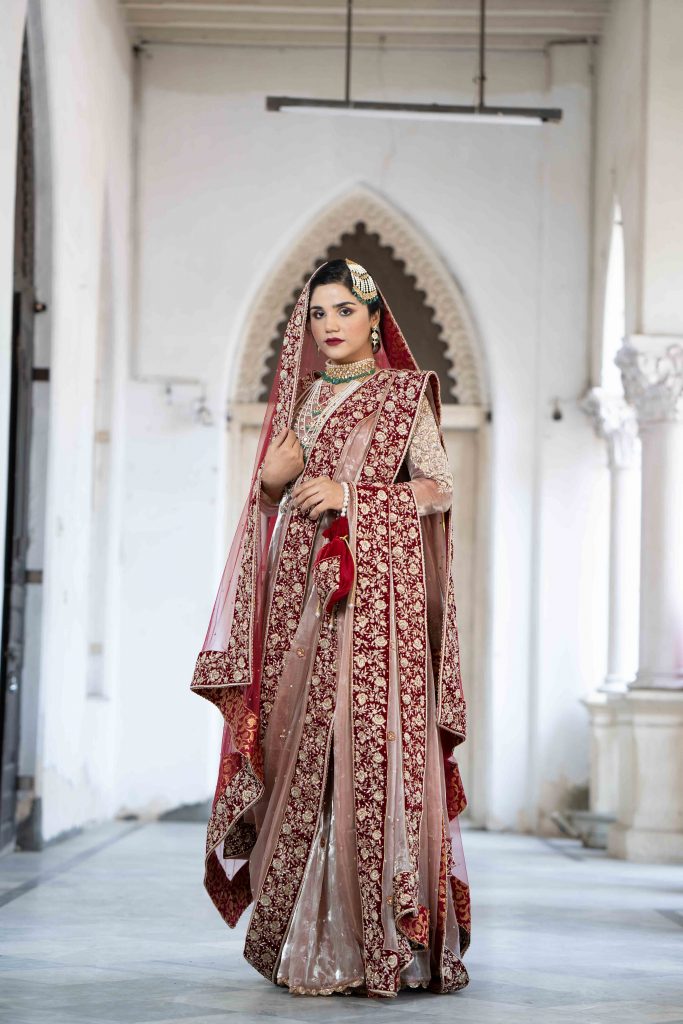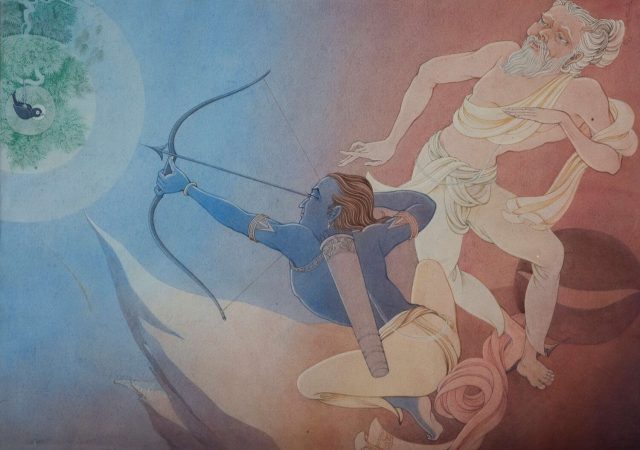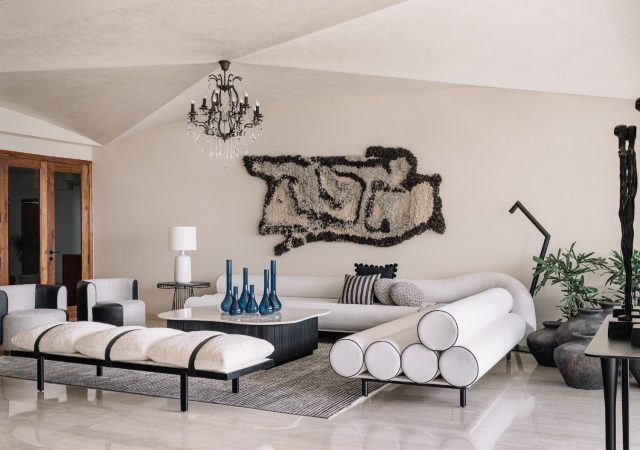By Aaliya Deeba, founder of Ideebs London, a Couture Label
The uniqueness of the Khada Dupatta
Without a Khada Dupatta, a Hyderabadi bride is inconceivable. It doesn’t stop there. At a Hyderabadi wedding, you’ll see the bride’s sister and other family members wearing this elegant piece of clothing. For the Mughal Empress Noor Jehan, a draping technique was created and mastered. When the Mughal governor Mir Qamar-ud-din Khan Siddiqi Bayafandi built the Hyderabad estate, this dupatta draping style went to Hyderabad.
Khada Dupatta is a typical type of dupatta that is trendy.
Despite its renown as a Muslim fashionable symbol, the Khada Dupatta epitomizes the grace and sophistication of a bygone period. It’s an art to drape the six-meter-long dupatta in a two-panel design with a beautiful hefty and elegant zardosi border and bring it up to cover the head!
A Khada Dupatta ensemble comprises 4 designs: a short-sleeved choli, a knee-length open kurta, a pair of churidar pajamas, and the elegant dupatta next to it. The hefty dupatta border is matched on the kurta and the blouse’s neckline, but the churidar pajama is normally placed plain.
Khada Dupatta goes to great lengths to keep up with the demand of its buyers with bridal lehengas. In addition to sending their things to domestic shipping at an extra expense, they have recently begun to send them abroad as well.
Khada Dupatta: How to Wear It
Tucking the upper section of the center of the dupatta into the back of the churidar is how the dupatta is draped. Then, at both ends, it’s folded into pleats like an accordion. The Hyderabadi Khada Dupatta’s draping technique is absolutely unique.
First and foremost, the Khada Dupatta is not for the faint of heart. Patience, pins, and additional help are all needed. The elaborate style of the dupatta, as well as the hefty embroidery, makes it a hefty fabric. If the bride is trying to scuttle or walk fastly, this usually limits her movements. The dupatta’s weight needs grace and beauty in your actions since it slows you down. The pins and additional help are necessary since they cannot be left hanging by your head and shoulders on their own.
Attach the dupatta on your pajamas in the following manner: Locate the dupatta’s center point and pin it to the back of your Churidar pajama, below the kurta.
Pleat it, wing it:
Bring both ends of the dupatta forward, folding the cloth around your sides in huge loops. Pick the left side end and pleat it first, with the elegant border on top – this will go over your left shoulder first, followed by the opposite side.
Secure with a pin:
Choose a suitable place for the pleated left side to be pinned on your left shoulder. On your back, this can be the center of this segment, or a close enough equivalent, with the loop on the side reaching your height and lowering to about your waist. Then pin the dupatta into place, adjusting the width to fit nicely beneath the elegant border.
The right way up:
Then, repeat with the right side portion, but this time move it over to the left shoulder from the front, diagonally covering your chest (border on top). This, too, should have a long tail behind your back, which can be draped over your head. Adjust the width of this part as well (tuck everything beneath the border) before pinning it in place. The aim is to leave the dupatta’s lovely free-flowing layers to enhance the royal appeal and provide depth and weight to your overall appearance.


